Why is the art and drama of dance such a popular theme with artists? From iconic images by Matisse and Degas to the many famous films that have been made about the world of ballet, dance is everywhere.
It may seem strange to paint, draw or photograph a subject that embodies movement in a medium that freezes a moment in time. This creates a special challenge for artists who need to convey motion by other means than a moving image, and perhaps this is the appeal.
Artists have to rely on subtle effects that will create the illusion that this form, for whom a state of motion is so natural, is merely suspended in one moment, and will resume where it left off as soon as we look away. It’s as if we are the ones not moving, and the subject never stopped.
This can be accomplished by an exact capturing of a body in motion, or certain poses suggesting motion, but it can also be suggested by flowing garments or strategically placed directional lines.
Artists can also play on our knowledge of how a dancer appears in their familiar attire or settings, whether or not they are on stage or at rest. This can create a powerful enough impression for the artist to make use of, that the viewer essentially supplies the action in the painting that the painting can’t literally provide itself. The body of a dancer always seems to be ready to spring into action, which is why it will always be a favorite of artists and art lovers alike.
Brian Sylvester is a guest blogger on WallSpin, and an artist on Zatista.
Related articles
- Big Art (zatista.com)
- Start with Art (zatista.com)
- Art of Simplicity (zatista.com)
- The Art of Giving (zatista.com)



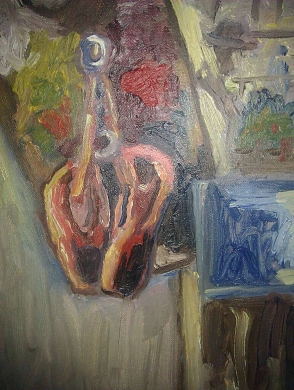
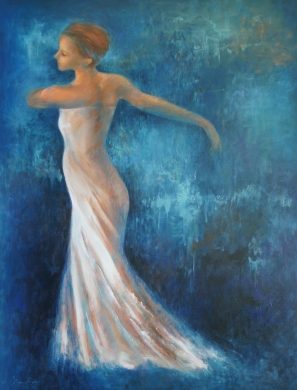
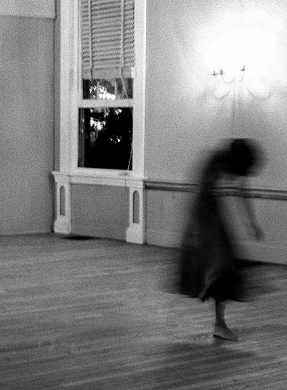
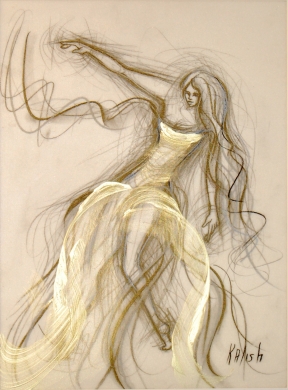
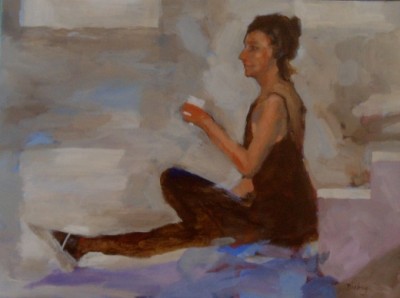
Comments (0)